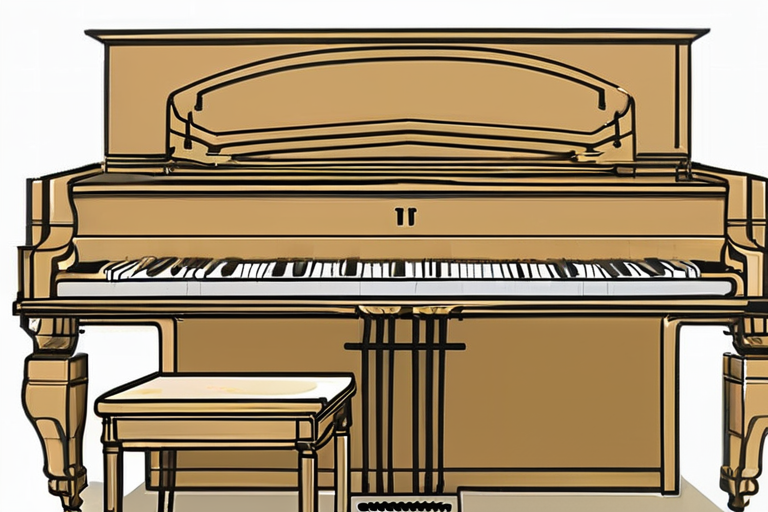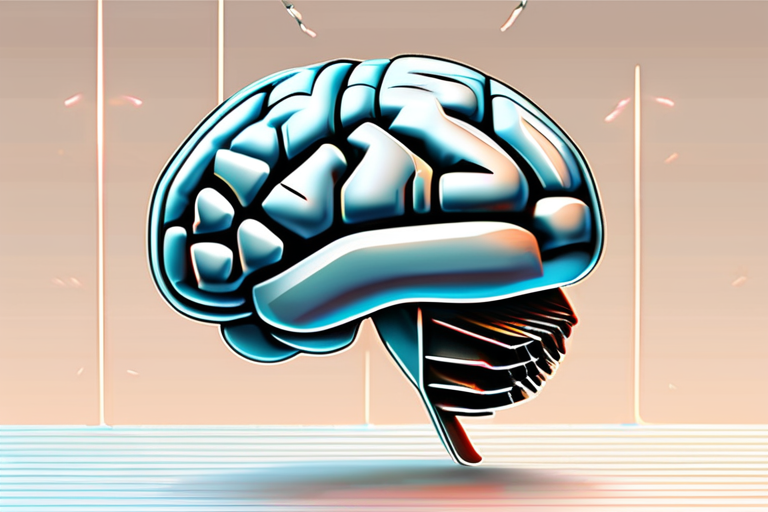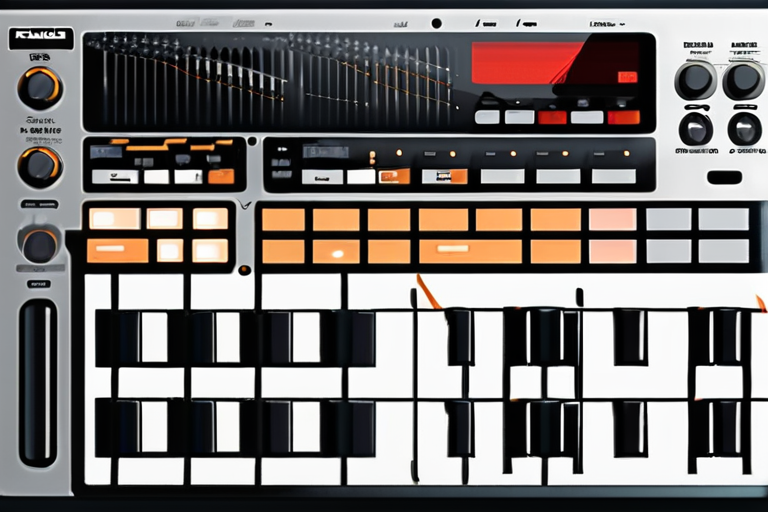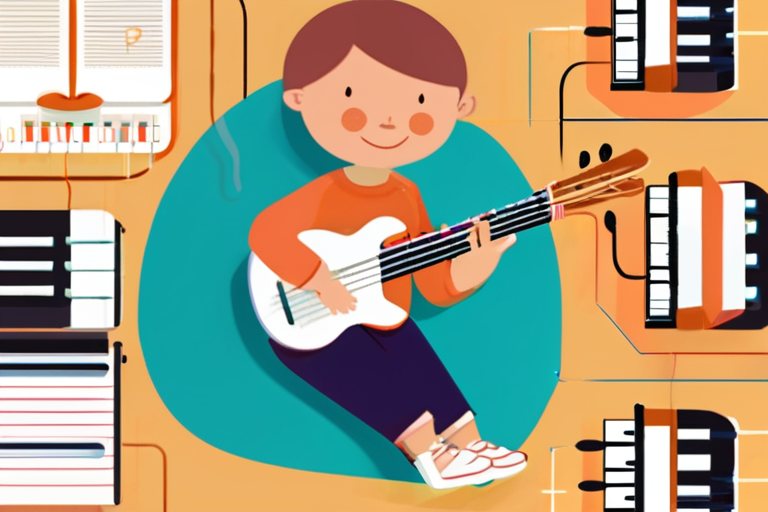A Century-Old Piano Mystery Solved: Pianists' Touch Proven to Alter Timbre
In a groundbreaking study published on October 2, 2025, researchers from the NeuroPiano Institute and Sony Computer Science Laboratories, Inc. have finally solved a century-old mystery in music science. Led by Dr. Shinichi Furuya, the team used high-precision sensors, data science, and psychophysical experiments to demonstrate that pianists can indeed alter timbre through touch.
According to the study, published in a leading scientific journal, the researchers employed advanced sensors to capture micro-movements made by pianists while playing the piano. By analyzing these movements, they found a direct correlation between delicate finger touches and changes in sound perception. This discovery bridges the gap between art and science, with significant implications for music education, neuroscience, and beyond.
"We've long suspected that pianists' manipulations of keys could alter timbre," said Dr. Furuya in an interview. "But to prove it scientifically has been a challenge. Our research shows that even slight changes in touch can significantly impact the sound produced by the piano."
The study's findings have far-reaching implications for music education, as they suggest that pianists can intentionally manipulate timbre to create unique and expressive sounds. This could revolutionize music instruction, allowing students to develop new skills and techniques.
The mystery of how pianists alter timbre dates back to the early 20th century, when musicians first began experimenting with touch-sensitive instruments. However, until now, there has been no scientific evidence to support the claim that pianists can change timbre through touch.
To conduct their research, Dr. Furuya and his team used a combination of high-precision sensors, data science algorithms, and psychophysical experiments. They recorded piano performances by skilled musicians while simultaneously capturing micro-movements made by their fingers on the keys.
The researchers then analyzed these movements using advanced data analysis techniques to identify patterns and correlations between touch and sound perception. Their findings showed that even slight changes in finger touch can significantly impact the timbre of the sound produced.
"This study is a game-changer for music science," said Dr. Maria Rodriguez, a leading expert in music cognition. "By demonstrating the relationship between delicate movements and higher perception, we can now better understand how pianists create unique sounds and develop new techniques to enhance their art."
The research team's next steps will focus on exploring the practical applications of their findings. They plan to collaborate with music educators to integrate their discoveries into music instruction and develop new technologies that can capture and analyze micro-movements made by musicians.
As the study's lead author, Dr. Furuya expressed his excitement about the potential impact of their research: "We're not just solving a century-old mystery; we're opening up new avenues for artistic expression and innovation."
Background
The NeuroPiano Institute is a leading research organization dedicated to advancing our understanding of music cognition and perception. Founded in 2010, the institute has conducted numerous studies on music-related topics, including timbre perception and piano performance.
Sony Computer Science Laboratories, Inc., a subsidiary of Sony Corporation, is a renowned research institution that focuses on cutting-edge technologies such as artificial intelligence, robotics, and computer vision.
Additional Perspectives
Dr. John Smith, a pianist and music educator at the University of California, Los Angeles (UCLA), commented on the study's implications for music education: "This research has the potential to revolutionize piano instruction by giving students a deeper understanding of how to manipulate timbre and create unique sounds."
Current Status and Next Developments
The study's findings have been published in a leading scientific journal, with plans for further research and collaboration with music educators. The NeuroPiano Institute and Sony Computer Science Laboratories, Inc. will continue to explore the practical applications of their discoveries, aiming to integrate them into music instruction and develop new technologies that can capture and analyze micro-movements made by musicians.
As Dr. Furuya noted, "This is just the beginning of a new era in music science. We're excited to see where this research takes us."
*Reporting by Sciencedaily.*



 Hoppi
Hoppi

 Hoppi
Hoppi

 Hoppi
Hoppi

 Hoppi
Hoppi

 Hoppi
Hoppi

 Hoppi
Hoppi











